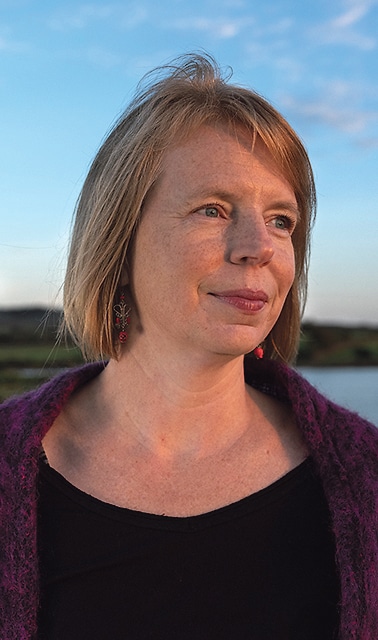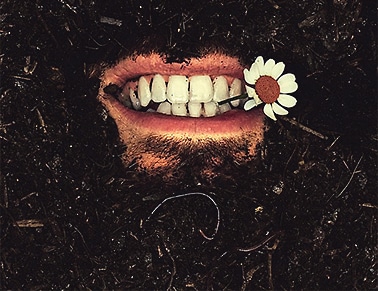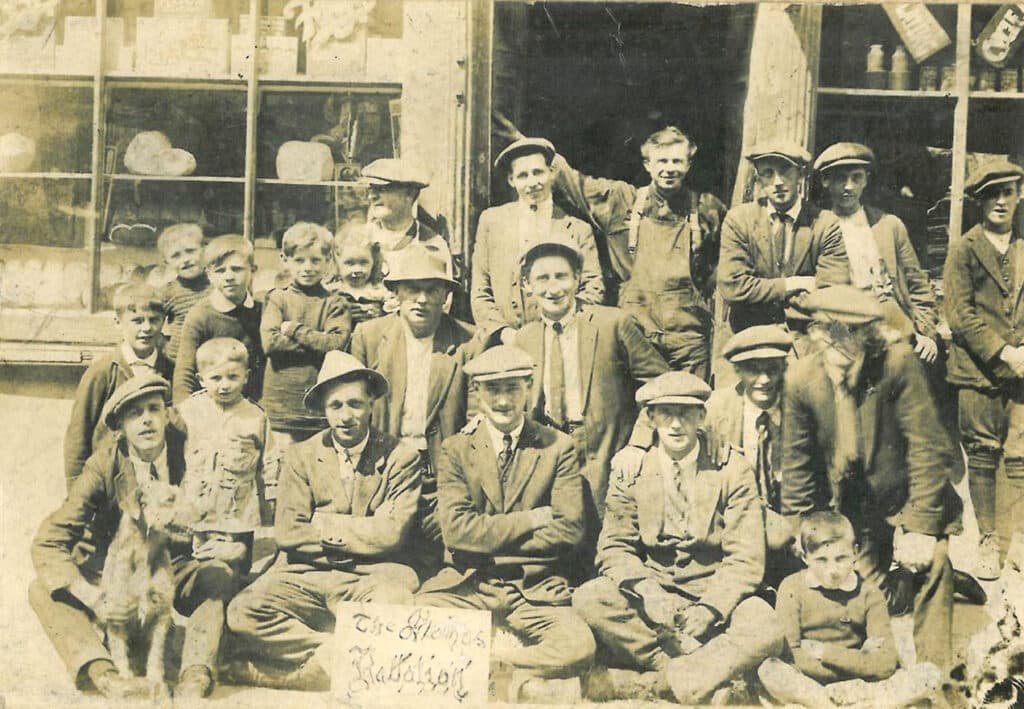
End of Life Matters
End of life Doula Melissa Murphy, a companion, guide and resource supporting our community in end of life matters.
www.starsbeyondourskin.com
May has become a favourite month of the year. With its abundance of wildflowers in meadows and roadsides as well as colourful blooms in the garden at every turn. Then there is the sweetness of bird chatter; their songs begin earlier in the day and longer into the night. The sun (at last!) gives us a good dose of vitamin D and verdant new growth envelops hills and trees in endless hues of green.
Have you paused to think about how all of this is orchestrated because, and in spite of, the naturally occurring decay – the dying – that happened in the months prior? We know this to be part of the cycle or web of life. The topic for this month came naturally (pun intended) as I’ve been met with opportunities to reconsider my relationship to nature. I’ve been reflecting on the way that not only I am living with the natural world, but I actually am it. Humanity is entangled with nature. In the book ‘Ethics for Tending the Dead’, by Cody J.Sanders, he offers an example that goes straight to the core (quite literally!) of us: “the human body is inhabited by bacteria outnumbering our human cells ten to one. In other words, our body has ten times ‘more’ non-human bacteria than human cells.” Sanders also gives a nod to molecular biologist Joshua Lederberg, who coined the term microbiome, and writes “these microorganisms literally share our body space. And when we die, there is paradoxically an aliveness that reclaims our body.” As we leave behind these bacteria, we also part from atoms, molecules…we are this ecosystem now as well as when we die!

I’m far from alone in my relational re-thinking. There seems to be a collective remembering of our nature as just this month, I’ve listened to several talks with reference to (re)-embracing our nature as mortal creatures. This has included learning from a series on nature, death and grief. Even Hozier’s new album ‘Unreal Unearth’ with its evocative images of a face engulfed in soil (all but the teeth are revealed holding a daisy) and legs lying in topsoil have contributed to my wonder. How can I be useful in the cycle of nature when I’m dead? Culturally people – myself included – have considered the ways that many of our ancestors have practiced this when death occurs. A couple of examples include ‘natural’ or green burial, which is actually not new, but has re-emerged globally as a choice. Here in Ireland, some are familiar with Woodbrook Natural Burial Ground in Co. Wexford and Knockma Woodland in Co. Galway. Both are equally tranquil spaces and open to visitors curious to learn more. Another resource is organic reduction – human composting – where the deceased is placed in a vessel with simple natural materials such as alfalfa, straw and wood chips to aid the decomposition process. According to ‘Recompose’, the world’s first such facility, “the soil created becomes a “biologically valuable material that can be used to nourish trees and plants or donated to conservation efforts such as reforesting land.” While this option has existed for about five years, it’s only available in six of the states (with twelve other states considering it) as a legal and available option. There are quite a number of other choices these days with varying degrees of nature friendliness for what it means to return to the earth or go from ‘dust to dust’. However, when it comes to final disposition of the body, most are habitualised to think there are just two – burial or cremation. Mostly this is because we prefer not to think about death until it is on our doorstep. It’s a deeply personal decision and part of my role as an end of life doula is to provide resources and education.
It’s been said that the fact that one day we will die affects the choices we make – (essentially everything we do!) – while we’re alive. I deeply believe this to be true and it leads me to think about not only the choices until my death, but those that ‘include’ it. Could my dying be an opportunity to make the planet a better place – even in a small way? While perpetually in awe of the astounding natural beauty of life, simultaneously I witness our changing earth and climate loss – how can this guide my final dying wish? Being that I come from nature, that I ‘am’ nature – does it make sense to then offer my dead body directly back to that cycle of life when my time comes?
“From my rotting body, flowers shall grow and I am in them and that is eternity.” – Edvard Munch
To learn more or to connect with Melissa, email her at starsbeyondourskin@gmail.com or visit www.starsbeyondourskin.com. She also welcomes your questions or ideas for future columns.


